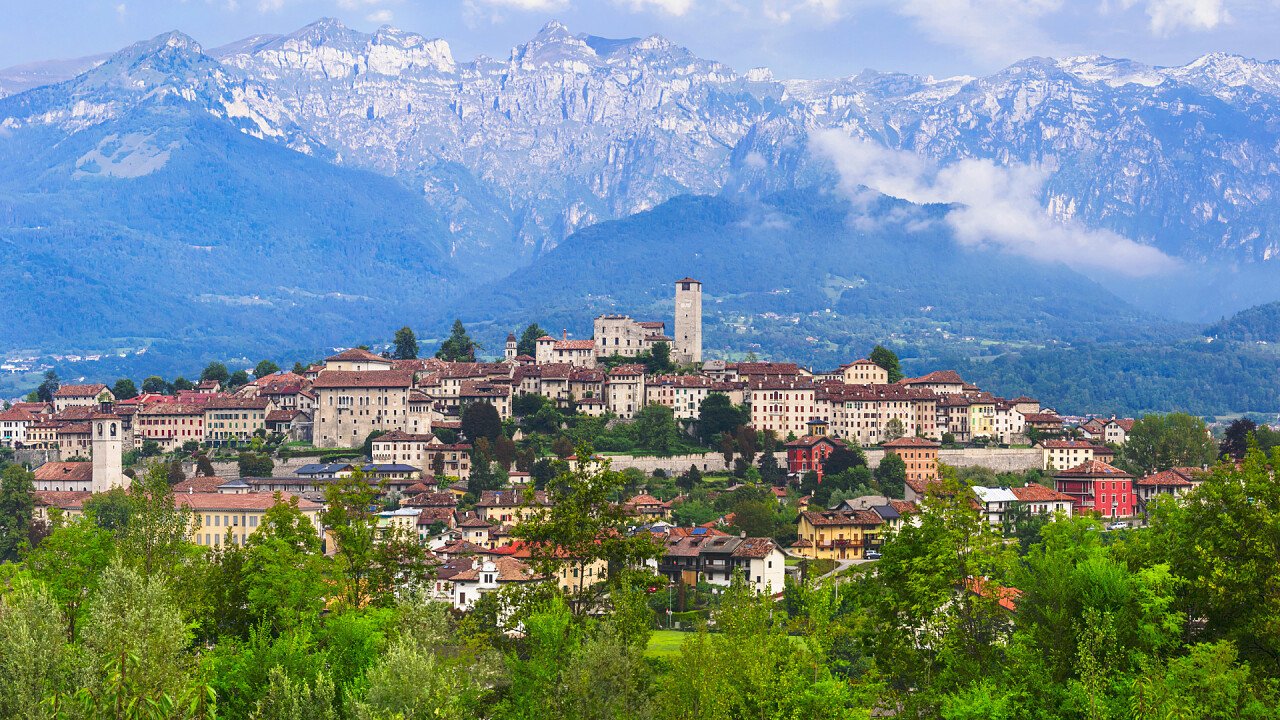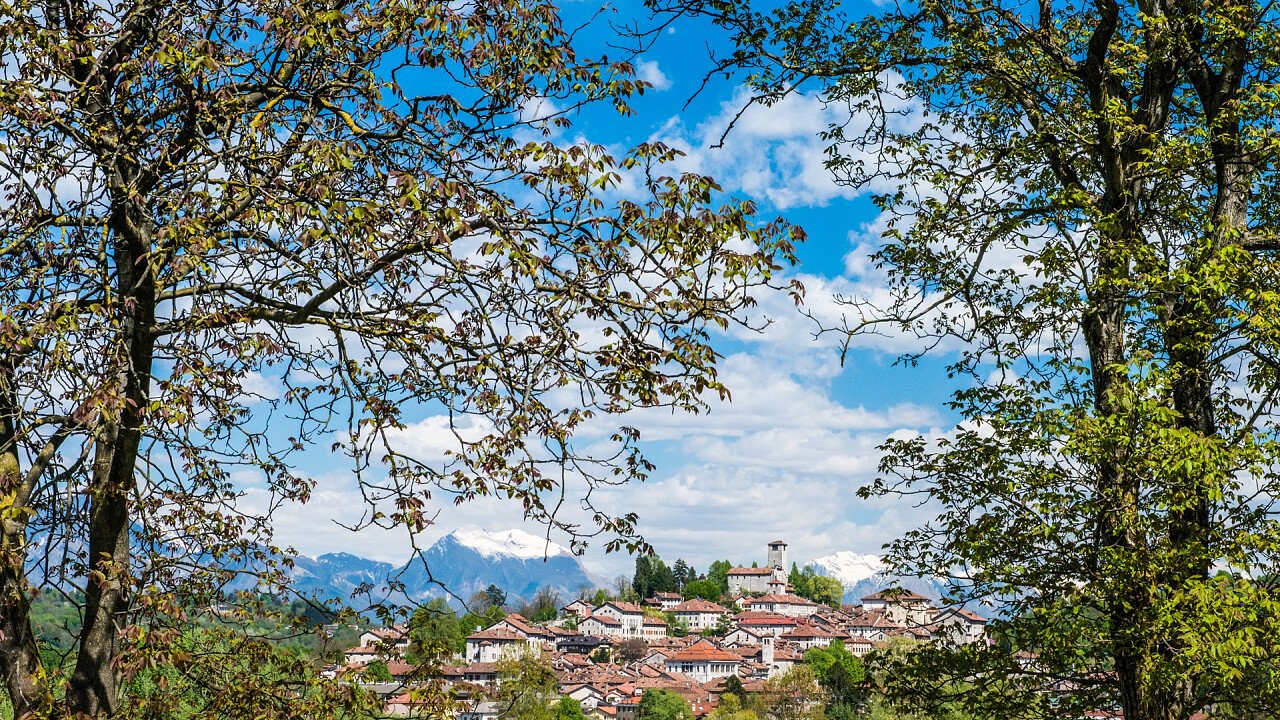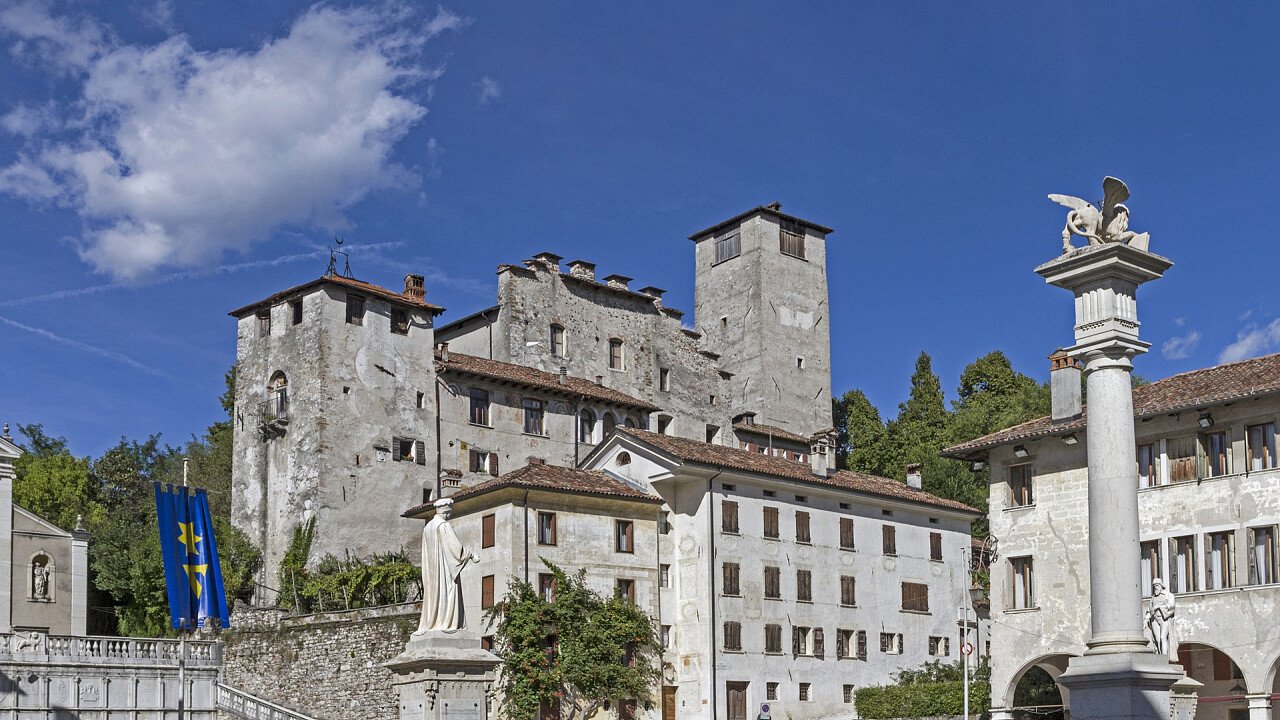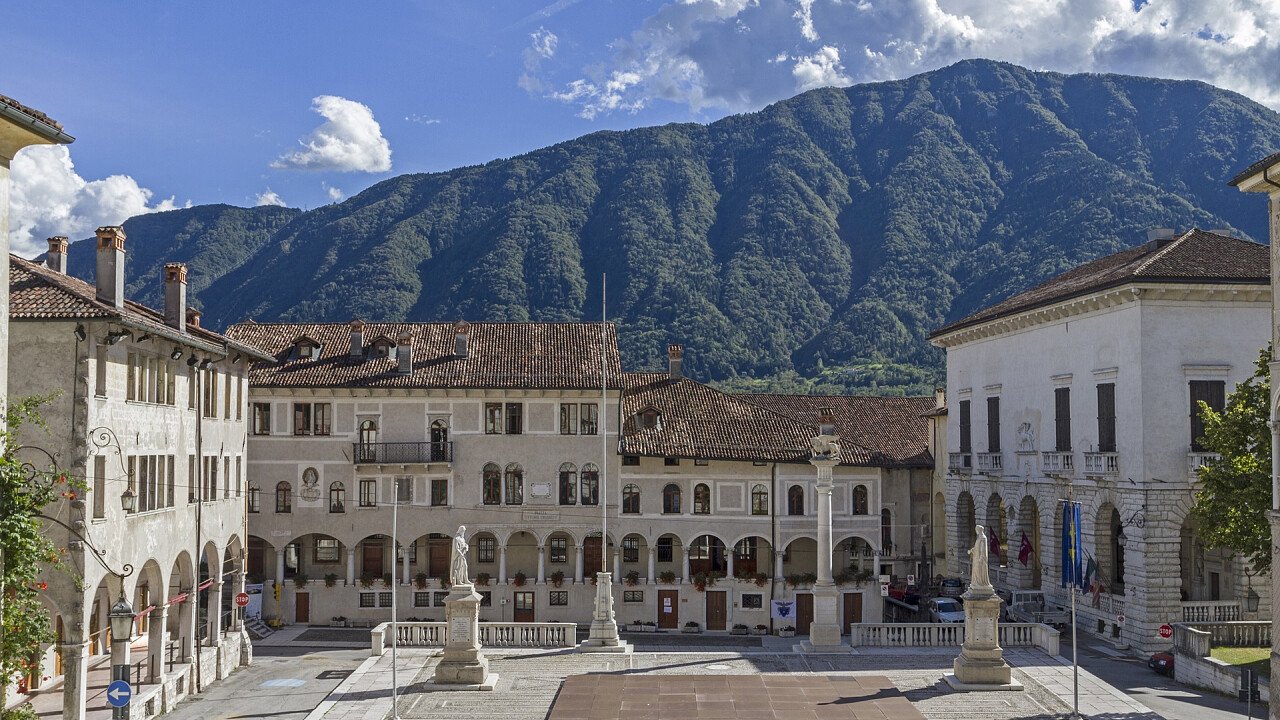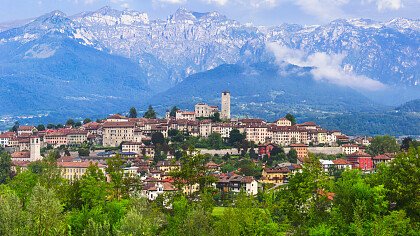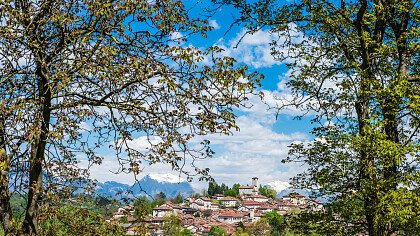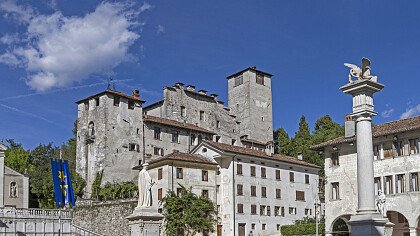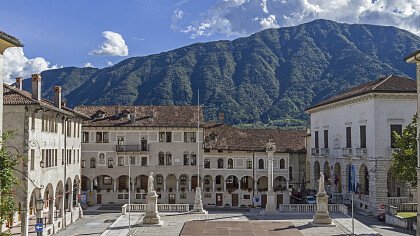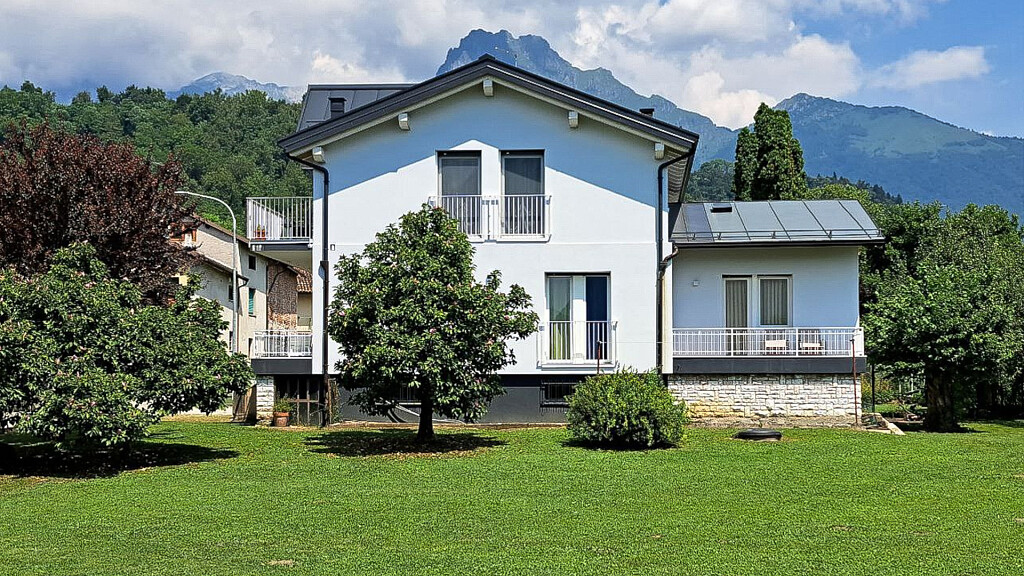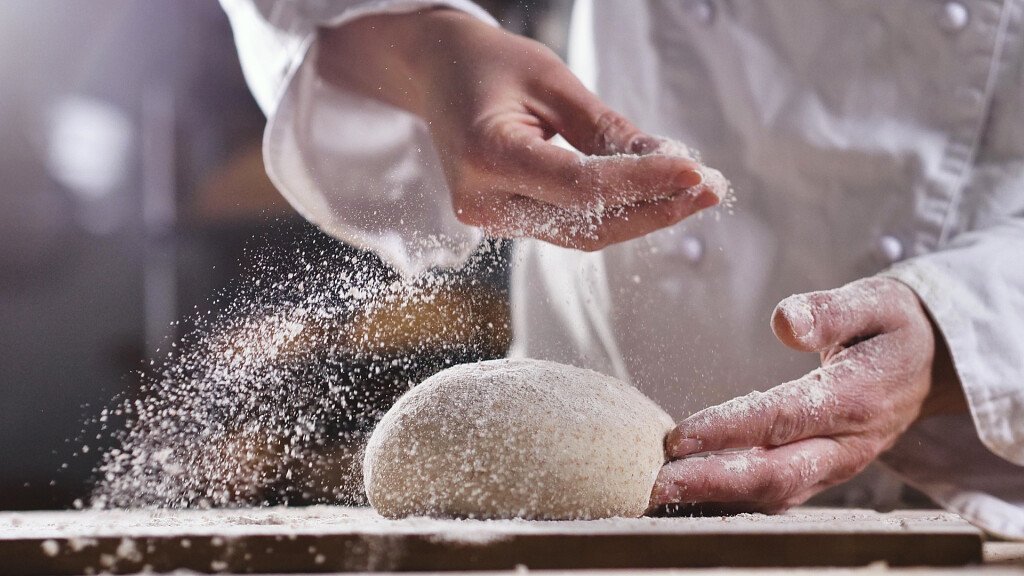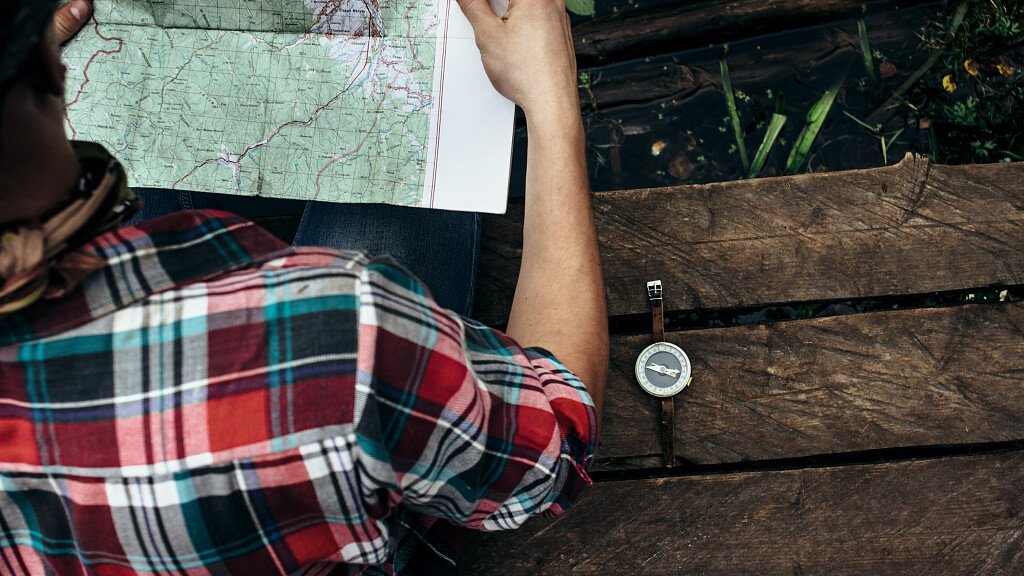Feltre
Hotel Feltre
Feltre: a plunge into sport, culture, nature and history
Feltre is a vibrant and lively historical town. To spend a holiday here means diving into the many sport and culture events, into nature, history and art: international competitions like the Giro delle Mura or more local and typical events like the Palio di Feltre and the Craft Fair, lush green paths, itineraries through the Belluno Dolomites National Park and frescoed buildings.
Events in Feltre
If you stay in Feltre during summer you can go to many events, first of all the Giro delle Mura, an international night road race taking place in August in the town centre, a spectacular and captivating competition attracting many fans every year.
In June, the Castelli 24 Ore, a relay cycling race around the city walls, and the Sportful Dolomiti Race, Europe's toughest granfondo race, where cyclists can choose between two routes, both starting from Feltre, finishing at Passo Croce d'Aune in front of the Tullio Campagnolo monument, and finishing in the picturesque Piazza Maggiore, in the historic heart of the city.
The Palio di Feltre is a dive into history and art, a historical reenactment with music, dances, parades, contests among the four town districts and horse races, while the Artistic and Traditional Craft Fair is a traditional event focusing on wood carving and wrought iron manufacturing.
Feltre: Dolomiti Bellunesi National Park, Alpine Path of the Dolomites n. 2
A lush green nature, sometimes wild and protected by the Dolomiti Bellunesi National Park, surrounds the town. Many are the trekking and Nordic walking trails, easy tracks suitable for everyone, like the green trail 4 km away from Feltre, at the foot of Mount Miesna, where you can visit for free the Vincheto Wildlife Reserve, populated by mouflons, deer, fallow deer, roe deer, birds and fish. Another interesting track is the historical one along the Roman road Via Claudia Augusta.
If you love mountain hiking, you only have to choose: the Grappa massif, the other mountains surrounding Feltre, or the Val Canzoi valley. Moreover, in Feltre ends the Alpine Path of the Dolomites n. 2, connecting the town with Bressanone, a particularly interesting itinerary for its wonderful landscapes.
The history of Feltre
The town centre surely is worth a visit, with its many historical buildings and museums. Feltre was first inhabited by the paleoveneti, an ancient population living in the north-eastern Italian regions, and then by the Romans, who recognized its economic and politic importance, rising in a strategic position along the borders.
After a period of wars, pillages and strifes among the landlords competing for the control of the town, in the second half of the 15th century Feltre fell under the Venetian domain.
The old town is perched on a hill around the Alboino Castle and maintains its typical architecture with frescoed buildings, alleys, and the many churches and squares. Famous are the Piazza Maggiore square, adorned by the Lombard style fountains, and outside the walls, Piazza Duomo square, under which archaeological finds were brought to light and can now be seen by visitors.
Feltre is a university town and features many museums, among which there is the Galleria Carlo Rizzarda, housing about 400 forged iron tools and a modern art collection with paintings and sculptures from artists of the 19th and 20th century: Schiele, Carrà, Tancredi, Fattori, Picasso and Chagall, to name just a few.
And the Municipal Archaeological Museum, which houses numerous artefacts, works, and sculptures, divided into the various halls of Palazzo Villabruna, the exhibition venue. The ground floor houses the archaeological section, the first floor evokes the interiors of the patrician dwellings of Feltre and the second floor houses an interesting picture gallery; while in the courtyard you can admire a collection of heraldic coats of arms of the major noble families of Feltre and in the storerooms, paintings, objects, ceramics, coins, medals and drawings.
The tour of the Antiche Prigioni di Feltre, located in the basement of the Palazzo Pretorio, is suggestive. The tour is available in the evenings for small groups.
Noteworthy is the Teatro de la Sena, dubbed the 'Little Fenice of Venice', housed on the first floor of Palazzo della Ragione, the imposing 16th-century palace with its large Palladian porticoes that can be seen from Piazza Maggiore. Inside you can admire the ancient 19th-century curtain, decorated by Tranquillo Orsi, which has returned to its former glory after careful restoration, the only remaining example of the decorator of the Fenice in Venice.
Also worth a visit is the Hall of Coats of Arms, located on the first floor of the Praetorian Palace, once the private residence of the Venetian rector and now the Town Hall. It owes its name to the 45 coats of arms of the rectors who succeeded each other from the end of the 15th century to the 17th century. It can be visited free of charge during the opening hours of the municipal offices.

